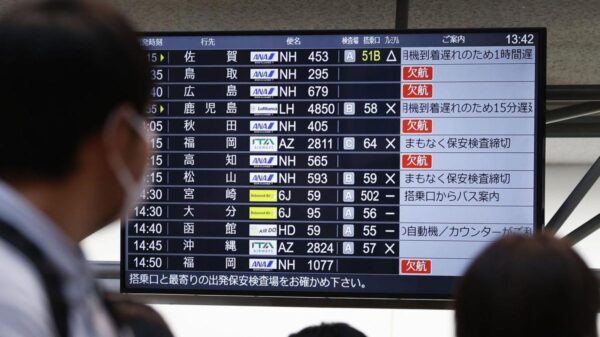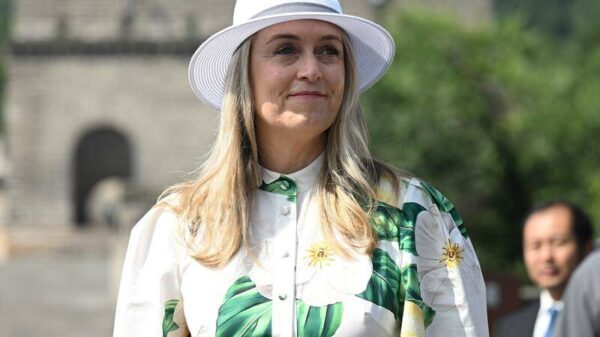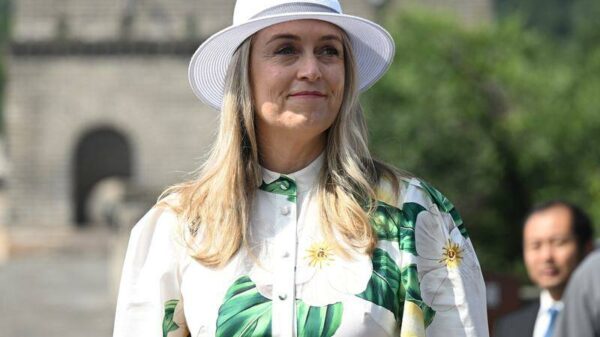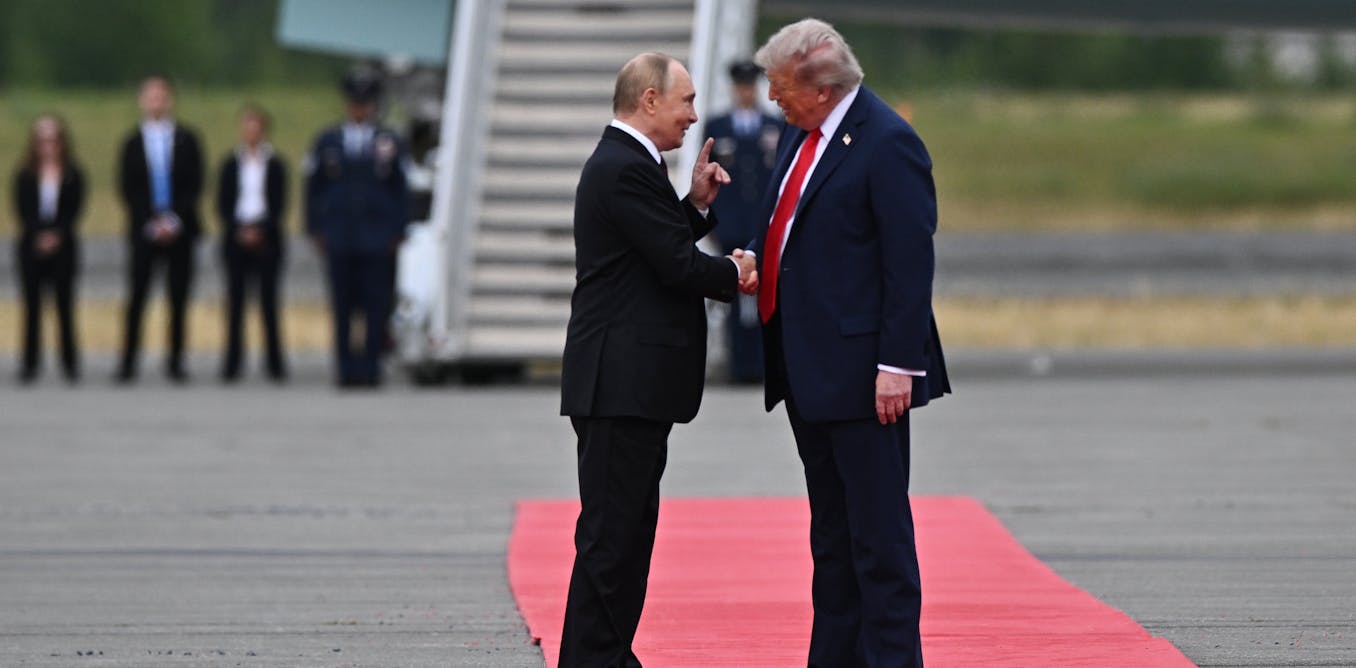The recent summit between Donald Trump and Vladimir Putin in Alaska has raised significant concerns regarding the future of Ukraine. While the meeting concluded more swiftly than anticipated, it highlighted a growing inclination within the White House to prioritize relations with Russia over fostering peace in Ukraine. The discussions, which lacked press interaction, ultimately underscored Trump’s willingness to grant symbolic victories to Putin, suggesting a troubling trend in U.S. foreign policy.
The choice of location for the summit was particularly pointed. Russia has long claimed that Alaska, sold to the U.S. in the 1860s, rightfully belongs to it. Leading up to the summit, Russian media emphasized this narrative, recalling past provocative statements asserting, “Alaska is ours!” Upon Putin’s arrival, U.S. military personnel rolled out a red carpet, signaling respect for the Russian president, rather than acknowledging his controversial past as a leader facing international scrutiny.
At the press conference that followed, both leaders praised one another without addressing critical issues such as Russia’s human rights abuses and its destabilizing actions across Europe. Instead, Trump portrayed both himself and Putin as victims of the “Russia, Russia, Russia” narrative surrounding alleged interference in the 2016 U.S. presidential election. This rhetoric effectively shifted the focus away from accountability and onto Ukraine, as Trump suggested that it was up to the Ukrainian government and Europe to accept Russian terms for peace.
Shifting Dynamics in Ukraine
Following the summit, reports emerged regarding a potential peace proposal from Putin. He is reportedly willing to establish fixed front lines in the Kherson and Zaporizhzhia regions, provided Kyiv agrees to relinquish control over all of Luhansk and Donetsk, including areas not currently under Russian occupation. This proposition, while framed as a path to peace, effectively places the burden on Ukraine and Europe to comply, reinforcing Putin’s narrative that NATO is to blame for the ongoing conflict.
Trump’s approach raises important questions about future security arrangements. With Ukraine still controlling significant portions of Donetsk, conceding territory would not only surrender key resources to Russia but also jeopardize Ukraine’s defensive capabilities. The implications of such a concession could allow Russia to launch further incursions into Ukrainian territory, undermining long-term stability in the region.
Additionally, Trump’s apparent support for ceding Ukrainian territory as part of a peace agreement diverges sharply from the stance held by NATO’s European members, who firmly reject such demands. The lack of clarity regarding who would enforce peace or secure Ukraine’s borders raises further concerns. Would NATO forces be permitted to operate within Ukraine under these new terms? Or would the U.S. agree to provide support, given its historical opposition to NATO membership for Ukraine?
Responses and Future Considerations
European leaders have reacted with caution to Trump’s dealings with Putin. While they welcome efforts to resolve the conflict, they have assured Volodymyr Zelensky, President of Ukraine, that they remain committed to supporting his government should any deal be deemed unacceptable. Zelensky has already expressed his refusal to cede the Donbas region, emphasizing the need for continued support from Europe.
Despite the troubling implications of the summit, there are indications that the U.S. might offer Ukraine a “non-NATO” security guarantee. However, skepticism remains, particularly given the Trump administration’s previous ambivalence about its commitments to European defense under NATO’s Article 5. This raises the question of whether the U.S. would genuinely defend Ukraine in the event of a renewed Russian offensive.
The Alaska summit illustrates that peace in Ukraine is only one aspect of a broader strategy under the Trump administration, which seems to prioritize warmer ties with Russia. This approach raises significant concerns for U.S. allies, who may find their security interests jeopardized by shifting American priorities. As the dynamics evolve, it is crucial for Europe to take proactive steps to assert leadership in addressing security challenges, rather than merely responding to crises as they arise.
The recent meeting has starkly demonstrated that, while Trump may be seeking credit for potential peace efforts, the cost for Ukraine could be substantial. As the situation develops, the international community must remain vigilant and prepared to counter any detrimental agreements that threaten Ukraine’s sovereignty and regional stability.































































